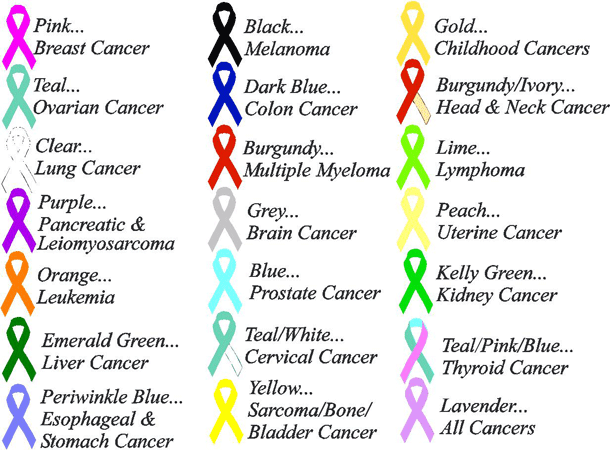What is regenerative medicine and what can it do?
The need for regenerative medicine has been around as long as our history and even “skin graft procedures for facial reconstructions were recorded by Sushruta, an Indian physician, over 1,000 years ago.” During the 1950's and 1960's transplants were becoming more and more popular and made “cell biologists...question the capabilities of the integrity of the tissues being transplanted and wondered whether it was possible to create, grow, and harvest these tissues in the laboratory. Thus began the era of Tissue Engineering which has lead us into the field of Regenerative Medicine.” (10)

Just in the United States alone, cancer is one of the leading causes of death a year. Being the second most common cause of death, with an average of almost 600,000 deaths a year, it claims 1 out of every 4 deaths in the United States. (12) Worldwide, approximently 8.2 million lives are stolen every year with 70% unpreventable. Several of the cases are cuased by malnutrition making it more common place in devoloping countries who have even less medical assistance. (13)
Cancer is just one of the endless list of diseases that are in need of stem cell research to be furher developed in the regenerative medicine field. NIH Fact Sheets explains that "Regenerative medicine is the process of creating living, functional tissues to repair or replace tissue or organ function lost due to age, disease, damage, or congenital defects." Regenerative medicine can be used to make new tissues, bones or organs, potentially help cure diabeties, cancer, HIV/AIDS, and many more other diseases or syndromes. (11)
8.

9.